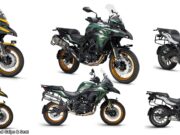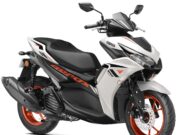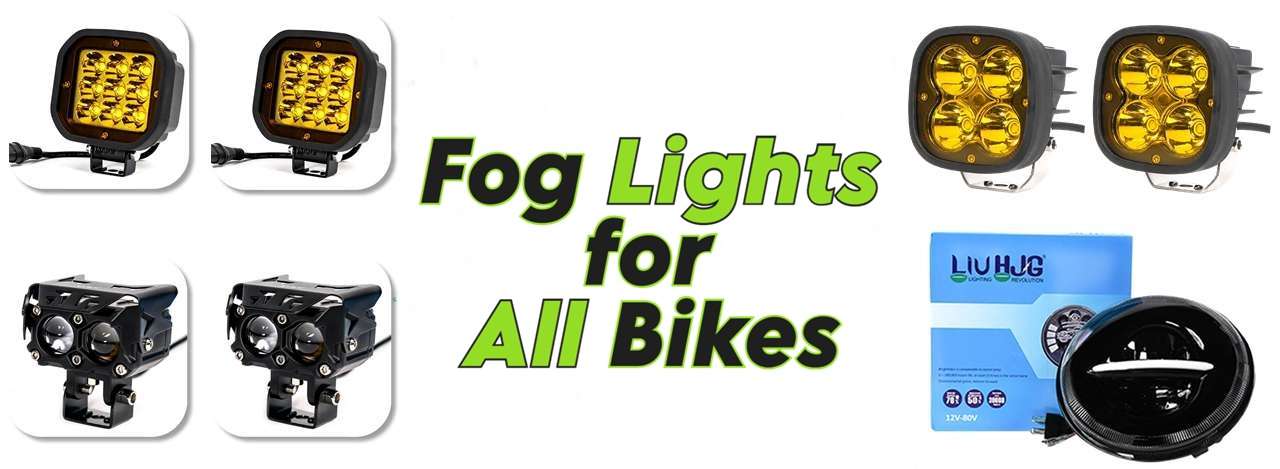The tyre, A rubber hoop that covers the wheel. A crucial part of a machine with a variety of parts working together in harmony called the motorcycle. But how well do we know this understated invention? Read on.
Tyre sizes and profiles
In the picture above take a look at the numbers mentioned in the red circle, they are:
90/ 80 – 17
90 is the ‘Width of the tyre in mm.’
80 is the ‘height or profile’ of the tyre. It basically is a percentage. So in the current example the ‘height or profile’ of the tyre is 80 % of the 90 mm.
17 is the ‘rim size in inches.’

In the figure,
A=Width, basically 90 mm from the above example.
B=Height/Profile, basically 80% of 90 mm.
C=Rim diameter.
Classification of tyres
Tyres can be classified based on the type of rubber + compound mixture used.
Hard Compound tyres
These tyres are for the urban/city/touring biker and perform decently on or off road. They have good lifespan but offer much less grip than the soft compound tyres. The plus point of such a tyre is in the fact that they last many a mile and can handle a variety of terrain due to their construction material compound mixture.
Soft compound tyres
Soft compound tyres offer superb traction. On the down side their lifespan is very short.
These kind of of tyres are preferred on a race track. Motorcyclists experiment around with their tyres a lot and ideally a soft compound tyre provides good tarmac grip and inspires confidence, But with a low life span and less multipurpose capability, the soft compound tyres definitely are purely a track enthusiasts choice of tyres as they provide that extra bit of grip.
Manufacturers now produce tyres that are best of both worlds, as in tyres that have softer compound rubber that can handle a variety of terrain, these last longer than a track meant (racing slicks) tyre but of-course a lesser life span than the hard compound tyre. They provide you with that extra grip than the normal hard compound tyres.
To know how to choose the right tyre for your motorcycle visit the following article: How to choose the right tyre.




































How does this 100/90 R17 compare with 2.75 R17. I know that R17 is the rim size of 17. But how does one compare the 100/90 versus 2.75. Is there a chart to do the compare?
I’m asking this because it looks like most tubed tyres come with imerial notations (like 2.75) and tubless come with international ones (like 100/90). So I’ve a bike with 2.75 R17 tubed. I want to go for tubless. Any help is much appreciated. Thanks.
In general 2.75/80 means the tire is 2.75 inches wide, the 80 refers to the relationship of the tire width to the profile of the tire. 80 means the profile is 80% of the width, which would be 80% of 2.75 or 2.2 inches. So basically 2.75 inches converts to close to 70mm and depending on the accompanying % you can get the size in the metric format. In this case that would be approx 56mm.
Thank u iamabiker:-)
Awsome!! Thank you :)
Finally I know what it means :D Thanks IAMABIKER :)
[…] While changing your tyres you have a choice to move on to different profiles and compounds of tyres than what the motorcycle manufacturer recommends. If done right, the benefits include enhanced performance and improved stability to give you more control over your motorcycle, and of course the added visual appeal which people care the most about. If you are unsure on how or what your tyre profile is, you can read this article on basics of tyre profiles and different tyre compounds. […]